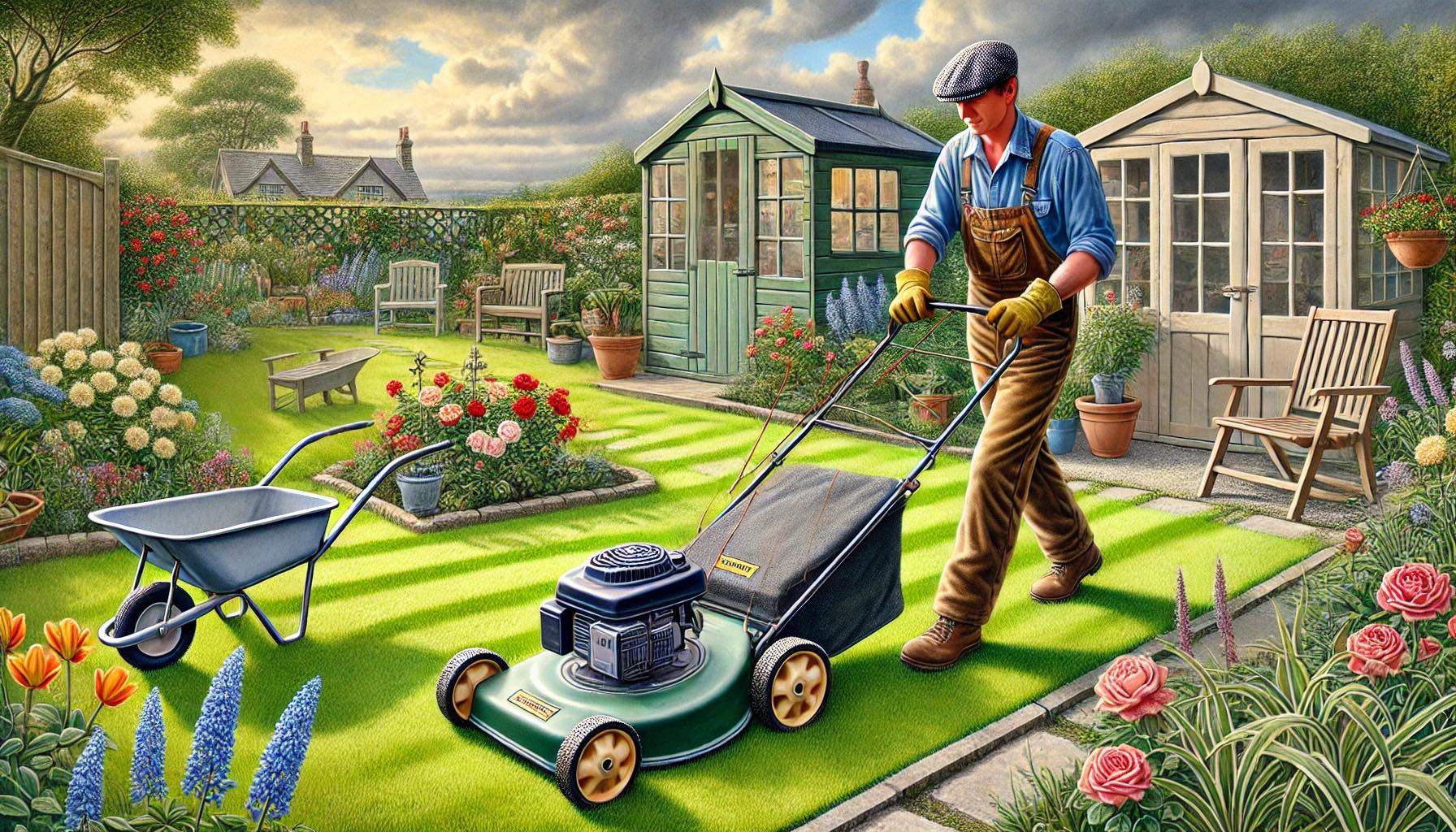No posts to display
fIND MORE WORK FOR FREE
Subscribe to our facebook group to advertise your gardening business and find people looking for gardeners
Half-Hardy Plants
RHS H3
USDA 9B TO 10A
TEMPERATURE-5C TO 1C
Half-hardy plants are those that can tolerate light frosts but cannot withstand prolonged freezing temperatures. These plants typically thrive in mild climates but need protection during colder months to survive frost. In regions where winter temperatures drop significantly, half-hardy plants are often grown as annuals or treated as container plants that can be moved indoors or to a sheltered location during the winter.
Examples of half-hardy plants include certain types of begonias, lobelias, and pelargoniums (geraniums). Many vegetables and herbs, such as basil and tomatoes, are also considered half-hardy. These plants usually bloom and grow vigorously during the warmer months but may struggle or die off when exposed to freezing conditions.
To protect half-hardy plants, gardeners may bring them indoors during the coldest months, cover them with horticultural fleece, or plant them in pots that can be moved to more sheltered areas. By providing the right care and protection, half-hardy plants can bring vibrant color and texture to gardens in mild climates.
Subscribe to our facebook group to advertise your gardening business and find people looking for gardeners



